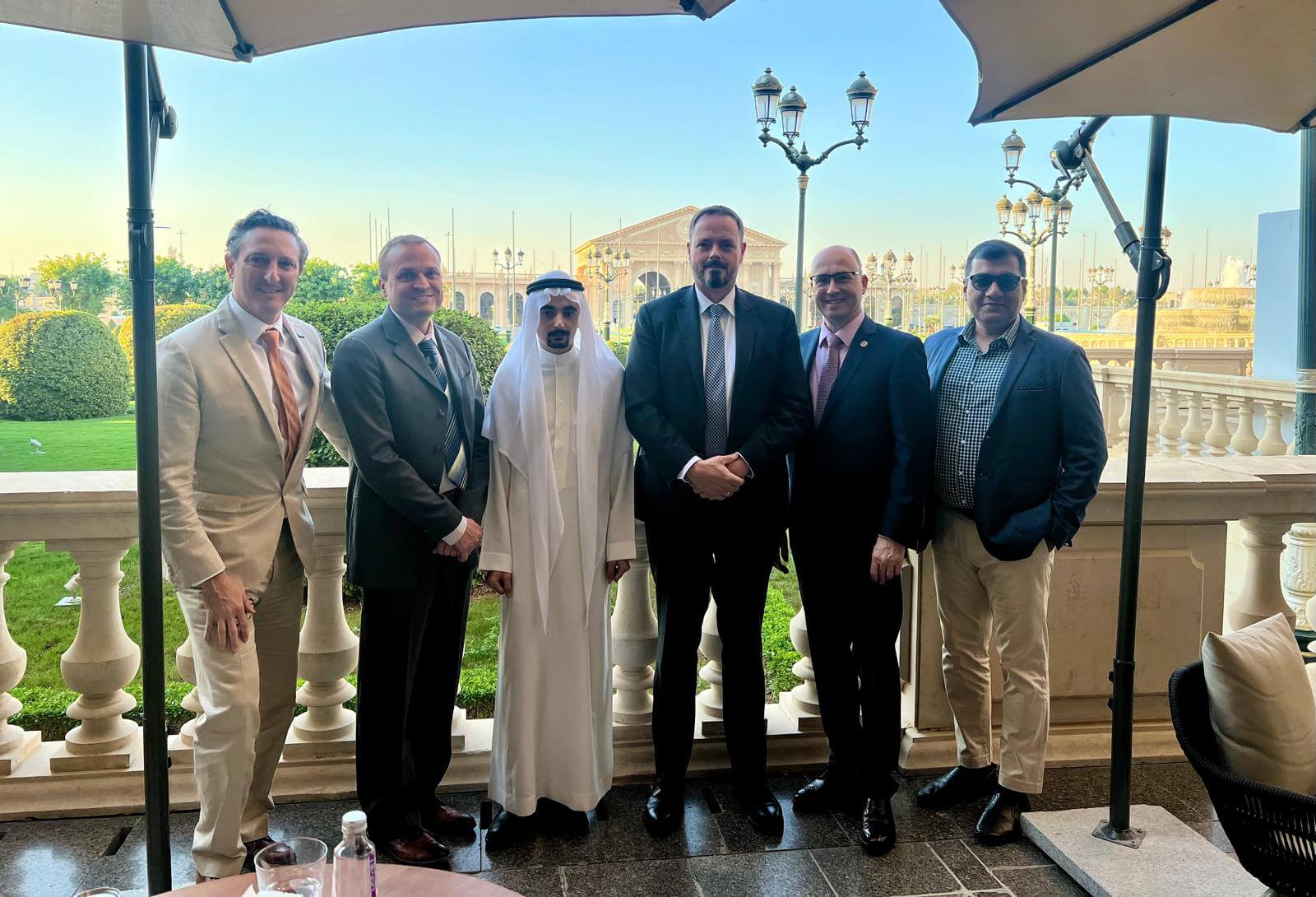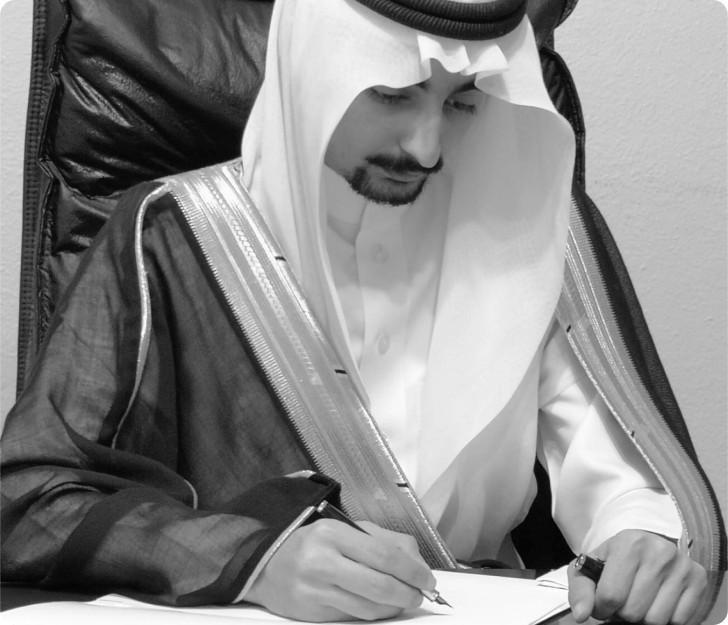Legal Reading of the Riyadh Design Law Treaty
Legal Review of the Riyadh Design Law Treaty

The Riyadh Treaty: A Quantum Leap in Design Protection
International legislations have long aimed to protect innovators and creators through various international treaties, with the Paris Convention being the foundational legislative pillar for all intellectual property legislations, followed by the Berne Convention and relevant global trade agreements. Subsequently, there are international classification treaties like the Nice Classification for trademarks and the Locarno Classification for industrial designs. Procedural aspects are addressed through unified international deposit protocols such as the Hague Agreement and unified procedural agreements like the Patent Law Treaty to standardize patent registration procedures. The Riyadh Design Law Treaty thus emerges to complete the legislative framework in the field of design as a branch of intellectual property, after diligent work spanning twenty years.
Objectives of the Riyadh Treaty
The Riyadh Design Law Treaty serves as a new beacon illuminating the path for designers, particularly those venturing into creativity within small and medium-sized enterprises. In a world where design protection laws vary from country to country, this treaty aims to simplify processes and unify procedures, making the challenging task of achieving global protection straightforward and clear. In some countries, this process is termed “registered designs,” where the registration application undergoes thorough examination by the Intellectual Property Office, while other countries follow the “design patent” system under patent law. This diversity in systems can be bewildering for designers but also represents the legal and cultural heritage of each country. The new treaty seeks to remove these barriers and smooth the way for designers to navigate between these systems with ease and flexibility.
Standardized Procedures and Multiple Options
The Riyadh Design Law Treaty has adopted fundamental principles of governance through transparency and clear procedures as the basis for protecting designers’ rights. By setting a maximum limit on the conditions and attachments required with the application, it establishes a predictable framework for design protection procedures. Consequently, designers can prepare their applications in an organized and efficient manner, alleviating concerns about potential rejections due to incomplete or unclear information. Moreover, designers are granted the freedom to choose how to represent their designs when submitting applications, whether through traditional drawings, photographs, or even videos. These varied options reflect the spirit of innovation and diversity in the design world, enabling designers to showcase their creations in the most expressive ways, thereby increasing their chances of obtaining comprehensive and effective protection for their work. Under certain conditions, designers can also include multiple designs in a single application, a significant step towards simplifying procedures and saving time and effort. This approach enhances administrative efficiency and flexibility, allowing designers to focus on their core strength: innovation and creativity. By unifying procedures and offering such facilitation, a supportive and motivating environment for designers is created, encouraging them to bring forth their best and enrich the design world with new and innovative creations.
Flexibility in Disclosure and Extendable Time Frames
In an effort to enhance procedural flexibility, the treaty stipulates a 12-month grace period after the first disclosure of the design, during which the disclosure will not affect the eligibility for registration. This period provides designers with ample time to submit their registration applications without the fear of losing their rights due to early disclosure of their designs. It is a protective period that encourages designers to innovate and create without constraints, enhancing their productivity and motivating them to develop new designs. Additionally, applicants are permitted to keep their designs unpublished for at least six months after securing the filing date, offering them enough time to finalize and refine their designs before public disclosure. Moreover, the provision of suspension measures and some flexibility helps applicants avoid losing their rights in case of non-compliance with deadlines. Without these measures, missing deadlines generally results in loss of rights, which cannot be compensated for in the case of designs. These measures protect designers’ creations, enabling them to focus on their core work without the anxiety of losing their legal rights.
Protection of National Heritage
The Riyadh Design Law Treaty forms a vibrant bridge connecting the past and present by explicitly linking the protection of modern designs with the preservation of traditional knowledge and cultural expressions. It is not merely a legal document but a comprehensive vision that embraces the rich heritage of communities and integrates it into the fabric of contemporary innovation. Through this connection, it is recognized that creativity is not solely a product of the moment but a result of the interaction of cultures and knowledge passed down through generations. This vital connection is achieved through a provision that allows contracting parties to request information on traditional cultural expressions and traditional knowledge relevant to the eligibility for registering industrial designs. This requirement is not just a legal formality but a celebration of cultural heritages and their protection from extinction. It enhances respect and appreciation for the cultural assets that form the foundation of many modern designs, ensuring that these assets remain a vital and integral part of the modern creative world. In this way, the Riyadh Treaty exemplifies how creativity can blend with heritage to create a future characterized by originality and innovation.
Technical Assistance and Capacity Building
The Riyadh Design Law Treaty underscores the importance of technical assistance and capacity building in effectively implementing the treaty. This assistance is based on core principles focusing on development, demand-driven, transparency, and aimed at enhancing the capabilities of beneficiary countries. Technical assistance must consider the specific priorities and needs of these countries to enable users to fully benefit from the treaty’s provisions. The technical assistance and capacity-building activities provided under this treaty include a diverse range of services, such as establishing the necessary legal frameworks, reviewing administrative practices and procedures for design registration bodies, and developing the necessary capacities for relevant offices through training, technological support, and awareness-raising initiatives. The organization is required, according to its financial system, to provide the necessary funding for this assistance and to encourage agreements with international funding organizations, intergovernmental organizations, and the governments of beneficiary countries to provide the necessary financial support. This comprehensive approach ensures the effective and widespread implementation of the treaty.
Participation of Lawyer Khalaf Bandar as Legal Advisor for IPPA Observer
In a move reflecting deep expertise and professionalism, lawyer Khalaf Bandar participates as the legal advisor for the IPPA observer, offering legal insights and innovative strategies in the field of intellectual property protection. Khalaf Bandar, who brings years of practical and academic experience, has played a pivotal role in providing advisory support to the Intellectual Property Protection Association as an observer at the World Intellectual Property Organization. Through best global practices and ensuring compliance with the highest legal standards, he contributes significantly to policy formulation and the development of procedures that ensure the rights of creators and innovators. Thanks to his strategic vision, lawyer Khalaf Bandar has been instrumental in establishing solid foundations for protecting creativity and innovation, emphasizing the importance of governance in providing technical assistance and enhancing the role of the non-profit sector in this regard.



